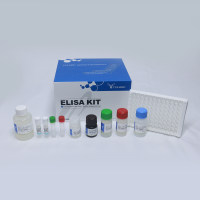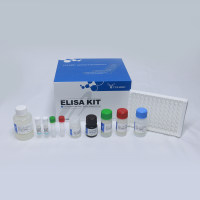Targeting the Mitochondria to Enhance Tumor Suppression
互联网
互联网
相关产品推荐

促销中大鼠肿瘤坏死因子α(TNF-α)/Rat TNF-α/tumor necrosis factor (TNF superfamily,member 2)/Tnf;Tnfa;Tnfsf2;Tumor necrosis factor;Cachectin;TNF-alpha;Tumor necrosis factor ligand superfamily member 2;TNF-a) [Cleaved into: Tumor necrosis factor;membrane for/TNF/ELISA试剂盒
¥3420¥3800

Recombinant-Human-Reactive-oxygen-species-modulator-1ROMO1Reactive oxygen species modulator 1; ROS modulator 1 Alternative name(s): Epididymis tissue protein Li 175 Glyrichin Mitochondrial targeting GxxxG motif protein; MTGM Protein MGR2 h
¥9478

AEBP1 (Adipocyte enhance binding protein 1) 脂肪细胞增强结合蛋白1
询价

促销中小鼠肿瘤坏死因子α(TNF-α)酶联免疫试剂盒Mouse Tumor necrosis factor α,TNF-α ELISA KIT
¥3420¥3800

TNFSF4/TNFSF4蛋白/Tumor necrosis factor ligand superfamily member 4(OX40 ligand)(OX40L)(CD antigen CD252)蛋白/Recombinant Rabbit Tumor necrosis factor ligand superfamily member 4 (TNFSF4), partial重组蛋白
¥69

